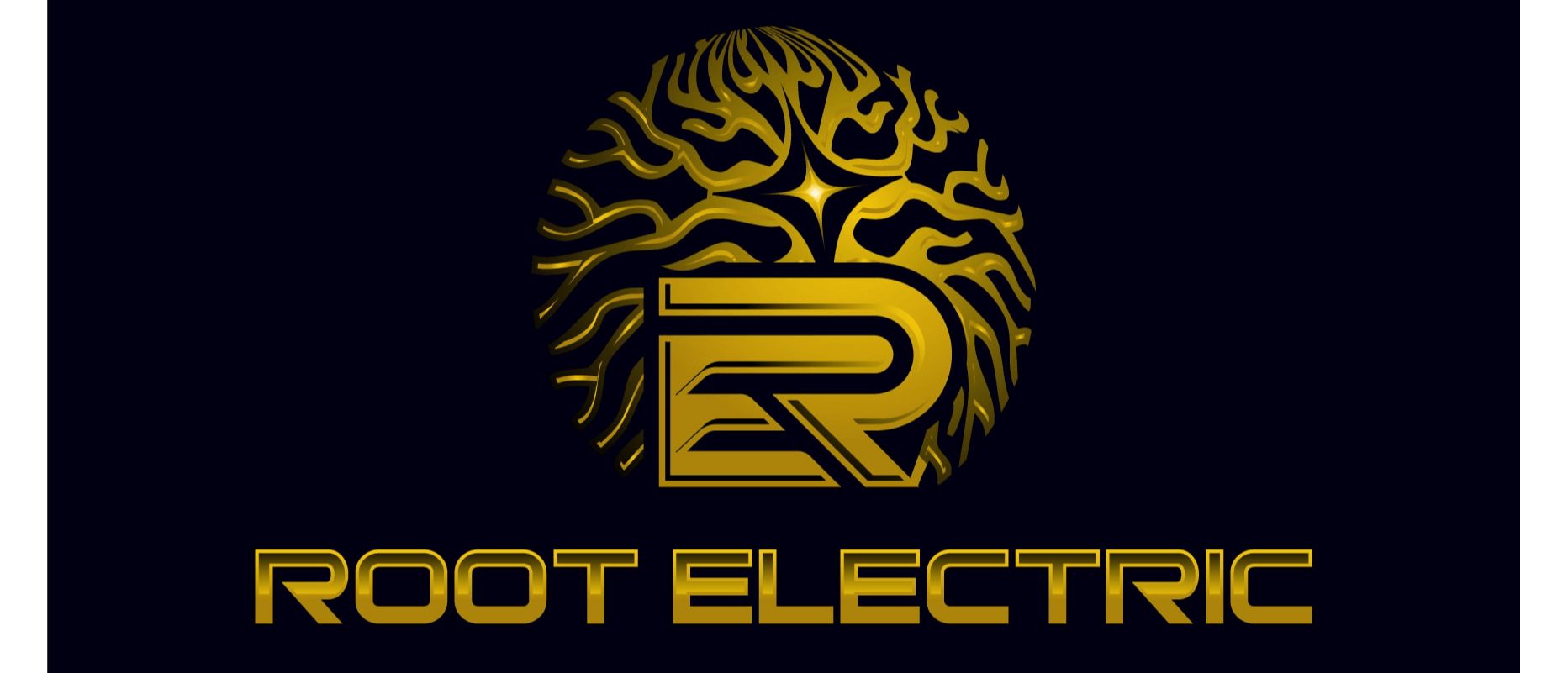Electrical panel upgrades represent one of the most significant safety improvements homeowners can make to their properties. However, the process involves working with high-voltage electricity and complex electrical systems that pose serious risks if not handled properly. Understanding these safety considerations is crucial for anyone contemplating this important home improvement project.
Understanding the Risks of Electrical Panel Work
Electrical panels contain live electrical components that carry substantial voltage and amperage. The main breaker typically controls 200 amps of electrical current at 240 volts, which is more than enough to cause fatal injuries. Even when the main breaker is turned off, certain components within the panel may remain energized, creating hidden dangers for inexperienced individuals.
The service entrance conductors that bring power from the utility company to your home cannot be disconnected at the panel level. These wires remain live even when all breakers are switched off, making panel work inherently dangerous. Professional electricians have the training and equipment necessary to work safely around these energized components.
Arc flash incidents represent another serious risk during panel work. When electrical connections are disturbed or when tools accidentally contact live components, intense electrical arcs can occur. These events generate temperatures exceeding 35,000 degrees Fahrenheit and can cause severe burns, blindness, and other life-threatening injuries.
Pre-Upgrade Safety Assessment
Before beginning any panel upgrade project, a comprehensive safety assessment must be conducted. This evaluation should examine the existing electrical system's condition, identify potential hazards, and determine the scope of work required for safe installation.
The assessment begins with examining the service entrance equipment, including the meter base, service conductors, and grounding system. Older installations may have deteriorated components that pose additional safety risks during the upgrade process. Corroded connections, damaged insulation, or inadequate grounding systems must be addressed before proceeding with the panel replacement.
Environmental factors around the installation location also require careful consideration. Adequate clearances must be maintained around the new panel for safe operation and future maintenance. The National Electrical Code specifies minimum working space requirements that ensure technicians can work safely on the equipment.
Moisture and water infiltration present significant safety concerns for electrical panels. The assessment should identify any existing water damage or potential sources of moisture that could compromise the new installation's safety. Proper weatherproofing and drainage considerations are essential for outdoor installations.
Proper Planning and Permits
Electrical panel upgrades require careful planning to ensure safety throughout the installation process. This planning phase includes obtaining necessary permits, coordinating with utility companies, and developing a detailed installation strategy that minimizes risks.
Building permits are mandatory for electrical panel upgrades in most jurisdictions. The permit process ensures that qualified professionals review the proposed work and that proper inspections occur during and after installation. These inspections verify that the work meets current safety codes and standards.
Coordination with the local utility company is essential for safely disconnecting and reconnecting electrical service. Utility workers are trained to handle the service entrance equipment safely and have the authority to disconnect power at the meter. Attempting to disconnect utility connections without proper authorization is both dangerous and illegal.
Load calculations must be performed to ensure the new panel can safely handle the home's electrical demands. Undersized panels create fire hazards and may not provide adequate protection for connected circuits. Professional electricians use standardized calculation methods to determine appropriate panel sizing for each installation.
Safety Equipment and Procedures
Professional electrical panel upgrades require specialized safety equipment and strict adherence to established safety procedures. Personal protective equipment (PPE) forms the first line of defense against electrical hazards during panel work.
Arc-rated clothing and face shields protect against the intense heat and light generated by electrical arcs. Insulated tools prevent accidental contact with live components, while voltage testers verify that circuits are de-energized before work begins. Safety-rated gloves provide additional protection when handling electrical components.
Lockout/tagout procedures ensure that circuits remain de-energized during the installation process. These procedures involve physically locking circuit breakers in the off position and placing warning tags to prevent accidental re-energization. Multiple locks may be required when several technicians are working on the same system.
Ground fault protection devices should be installed in areas where electrical panels are located near water sources or in damp locations. These devices can detect dangerous ground faults and quickly disconnect power to prevent electrocution hazards.
Code Compliance and Safety Standards
Modern electrical codes incorporate numerous safety requirements that must be followed during panel upgrades. These codes are continuously updated to reflect new safety technologies and lessons learned from electrical incidents.
The National Electrical Code requires arc-fault circuit interrupter (AFCI) protection for most residential circuits. These devices detect dangerous electrical arcs that could cause fires and automatically disconnect the affected circuits. Proper installation and testing of AFCI devices is crucial for home safety.
Ground-fault circuit interrupter (GFCI) protection is required in areas where electrical equipment may come into contact with water. Panel upgrades often involve updating GFCI protection to meet current code requirements, which may include additional circuits beyond those originally protected.
Grounding and bonding systems must meet current code standards to ensure safe operation of the electrical system. Inadequate grounding can result in dangerous voltage levels on metal components and reduce the effectiveness of overcurrent protection devices.
Professional Installation Requirements
The complexity and inherent dangers of electrical panel upgrades make professional installation not just advisable but essential for safety. Licensed electricians possess the training, experience, and equipment necessary to complete these projects safely and in compliance with applicable codes.
Professional electricians understand the proper sequence of operations for panel upgrades, which minimizes the time that electrical systems remain partially energized during the installation process. They also have access to specialized tools and testing equipment that ensure all connections are properly made and tested before the system is returned to service.
Insurance and liability considerations also favor professional installation. Most homeowner's insurance policies require that electrical work be performed by licensed professionals to maintain coverage. Additionally, professional electricians carry liability insurance that protects homeowners from potential damages related to the installation work.
Post-Installation Safety Verification
After completing the panel upgrade, comprehensive testing and verification procedures ensure that the installation operates safely and correctly. These procedures involve both electrical testing and visual inspections to identify any potential safety issues.
Electrical testing includes verification of proper grounding, testing of AFCI and GFCI devices, and confirmation that all circuits operate correctly under load. Thermal imaging may be used to identify hot spots that could indicate loose connections or other problems that could lead to fires.
Documentation of the completed installation provides important safety information for future maintenance and modifications. This documentation should include circuit directories, load calculations, and records of any special installation requirements or considerations.
Ongoing Safety Maintenance
Electrical panel safety extends beyond the initial installation to include ongoing maintenance and periodic inspections. Regular maintenance helps identify potential problems before they become safety hazards and ensures that protective devices continue to function properly.
Monthly testing of GFCI and AFCI devices verifies that these important safety systems remain operational. Annual inspections by qualified electricians can identify loose connections, signs of overheating, or other conditions that could compromise safety.
Homeowners should be educated about warning signs that indicate potential electrical problems, such as burning odors, sparking, or frequently tripping breakers. Prompt attention to these warning signs can prevent dangerous conditions from developing.
Electrical panel upgrades represent a significant investment in home safety, but only when performed correctly by qualified professionals. The risks associated with high-voltage electrical work make professional installation essential for protecting both property and lives. By understanding these safety considerations and working with licensed electricians, homeowners can ensure that their panel upgrades provide years of safe, reliable electrical service.


